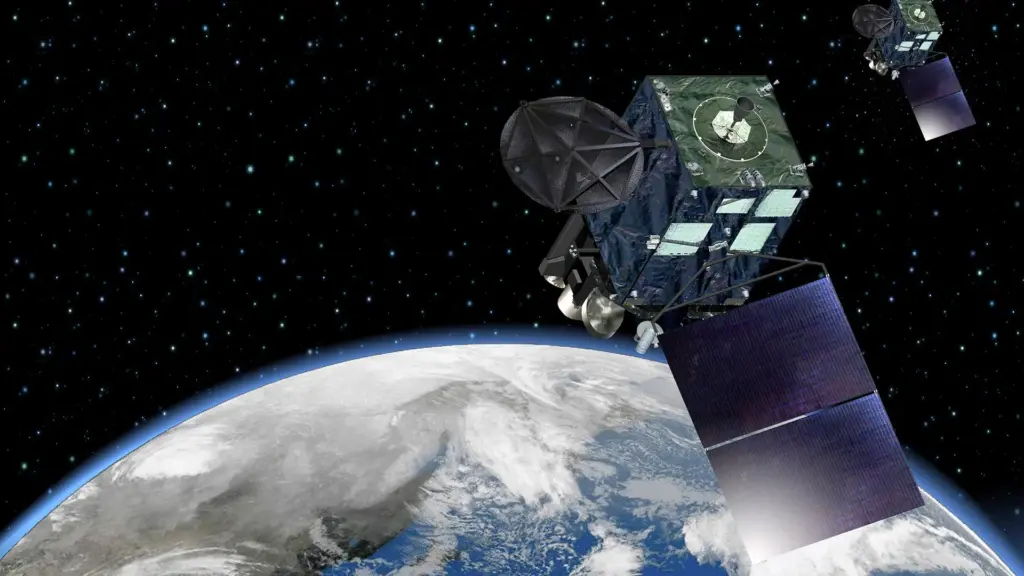
Imaging data from Japan’s Himawari-8 and -9 meteorological satellites have revealed new insights into the cloud-top temperature dynamics of Venus, uncovering previously unseen patterns in the planet’s atmospheric waves. A research team led by the University of Tokyo utilized infrared images collected over a decade, from 2015 to 2025, to estimate brightness temperatures on both daily and yearly scales. These findings suggest that meteorological satellites can offer valuable perspectives on Venus’ atmosphere, complementing future planetary missions and ground-based telescopes.
The Himawari-8 and -9 satellites, launched in 2014 and 2016 respectively, were initially developed to monitor Earth’s atmospheric phenomena using their advanced multispectral imaging technology. However, the University of Tokyo team, led by visiting researcher Gaku Nishiyama, identified an opportunity to leverage this technology for spaceborne observations of Venus. The satellites’ Advanced Himawari Imagers (AHIs) coincidentally capture Venus near Earth’s rim, providing a unique vantage point.
Understanding Venus’ Atmospheric Dynamics
Observing temporal temperature variations in Venus’ cloud tops is crucial for understanding its atmospheric dynamics, including phenomena like thermal tides and planetary-scale waves. According to Nishiyama, obtaining consistent data on these phenomena has been challenging.
“The atmosphere of Venus has been known to exhibit year-scale variations in reflectance and wind speed; however, no planetary mission has succeeded in continuous observation for longer than 10 years due to their mission lifetimes,” he explained. “Ground-based observations can also contribute to long-term monitoring, but their observations generally have limitations due to the Earth’s atmosphere and sunlight during the daytime.”
Meteorological satellites, with their extended mission lifetimes—Himawari-8 and -9 are scheduled to operate until 2029—appear well-suited to bridge this gap. The AHIs provide multiband infrared coverage, essential for retrieving temperature information from different altitudes, along with low-noise and frequent observations. The research team aimed to demonstrate this potential by analyzing the temporal dynamics of Venus’ atmosphere and comparing their findings with previous datasets.
Data Collection and Analysis
The team established a comprehensive data archive by extracting all Venus images from the AHI datasets, identifying a total of 437 occurrences. By accounting for background noise and the apparent size of Venus in the images, they tracked temporal variations in cloud-top temperatures during periods when the geostationary satellite, Venus, and Earth aligned.
The retrieved brightness temperature variations were analyzed on both yearly and daily scales across all infrared bands to investigate the variability of thermal tides and planetary-scale waves. The data confirmed variations in thermal tide amplitude and changes in the amplitude of planetary waves, which appeared to decrease with altitude. While definitive conclusions on the physics behind these variations were challenging due to the limited temporal resolution of the AHI data, the findings suggest possible links to decadal variations in Venus’ atmospheric structure.
Implications for Future Observations
Beyond successfully applying Himawari data to planetary observations, the team identified calibration discrepancies in data from previous missions. Nishiyama sees broader implications for this study beyond Venus.
“I think that our novel approach in this study successfully opened a new avenue for long-term and multiband monitoring of solar system bodies. This includes the moon and Mercury, which I also study at present. Their infrared spectra contain various information on physical and compositional properties of their surface, which are hints at how these rocky bodies have evolved until the present.”
The prospect of accessing a range of geometric conditions untethered from the limitations of ground-based observations is promising.
“We hope this study will enable us to assess physical and compositional properties, as well as atmospheric dynamics, and contribute to our further understanding of planetary evolution in general,” Nishiyama added.
This groundbreaking work was supported by JSPS KAKENHI Grant Numbers JP22K21344, 23H00150, and 23H01249, and the JSPS Overseas Research Fellowship. As the scientific community looks forward to the next planetary missions around 2030, the insights gained from this study could play a crucial role in shaping future exploration and understanding of our solar system’s enigmatic neighbor.





